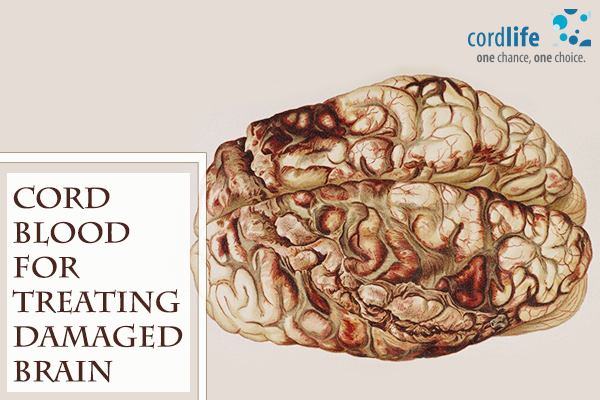In recent years, umbilical cord blood banking has become increasingly popular, with a number of companies offering the service, both public and private. It is a relatively new concept, and its overall value is uncertain and whether it is worth considering for a newborn child. We are discussing the technology, its implementation, and how and why people have opted for years— or decades — to store this blood.
The use of stem cells from placental and cord blood does not have the same controversy as the use of stem cells from embryos. The cord/placenta drains about 75-100 mL of blood right after a newborn baby takes his first breath and the umbilicus is cut. That’s where the blood comes from — they never need a needle to touch the baby. The task is to carefully cryopreserve the cord blood sample from there.
They are mixed with a cryoprotectant and stored in a cryo-bag once the stem and immune system cells are isolated and extracted from the plasma and red blood cell. To prepare the cells for long-term storage, we overwrap our bags for added protection and use a technique called “controlled-rate freezing.” The overwrapped cryo-bag is housed in a metal protective cassette and placed for long-term preservation in a vapor-phase liquid nitrogen freezer.
Here you will get to know how a girl whose brain is damaged gets cured. Samanta Szura, who is now of age 5, was drowned in a swimming pool when she was a toddler. She survived but her brain gets damaged after this accident. Fortunately, her parents have stored the umbilical cord blood of her elder sister which was being used for the stem cell treatment of Samanta.
After the accident, Samantha was in Michigan hospital in the state of coma. Then Szuras found that the cord blood can help to form new nerve cells of the brain and then they decided to use the cord blood of their elder child.
Dr. Joanne Kurtzberg of Duke University said that they started a study on cord blood where they are mainly focusing on the component of blood during the program of a bone marrow transplant. According to their research monocytes releases some chemicals found in the brain and helps in stimulating the brain for making new nerve cells.
Now Szuras have to wait for some time to know whether the stem cells of their elder child will work for the treatment of Samantha. They are providing the cord blood of Allison to Samantha and there are some positive results seen in her recovery. So, the researchers of Duke University are hopeful about seeing recovery in Samantha and after this treatment, they will get sure about the cord blood treatment to be used in the kids with brain damage.
